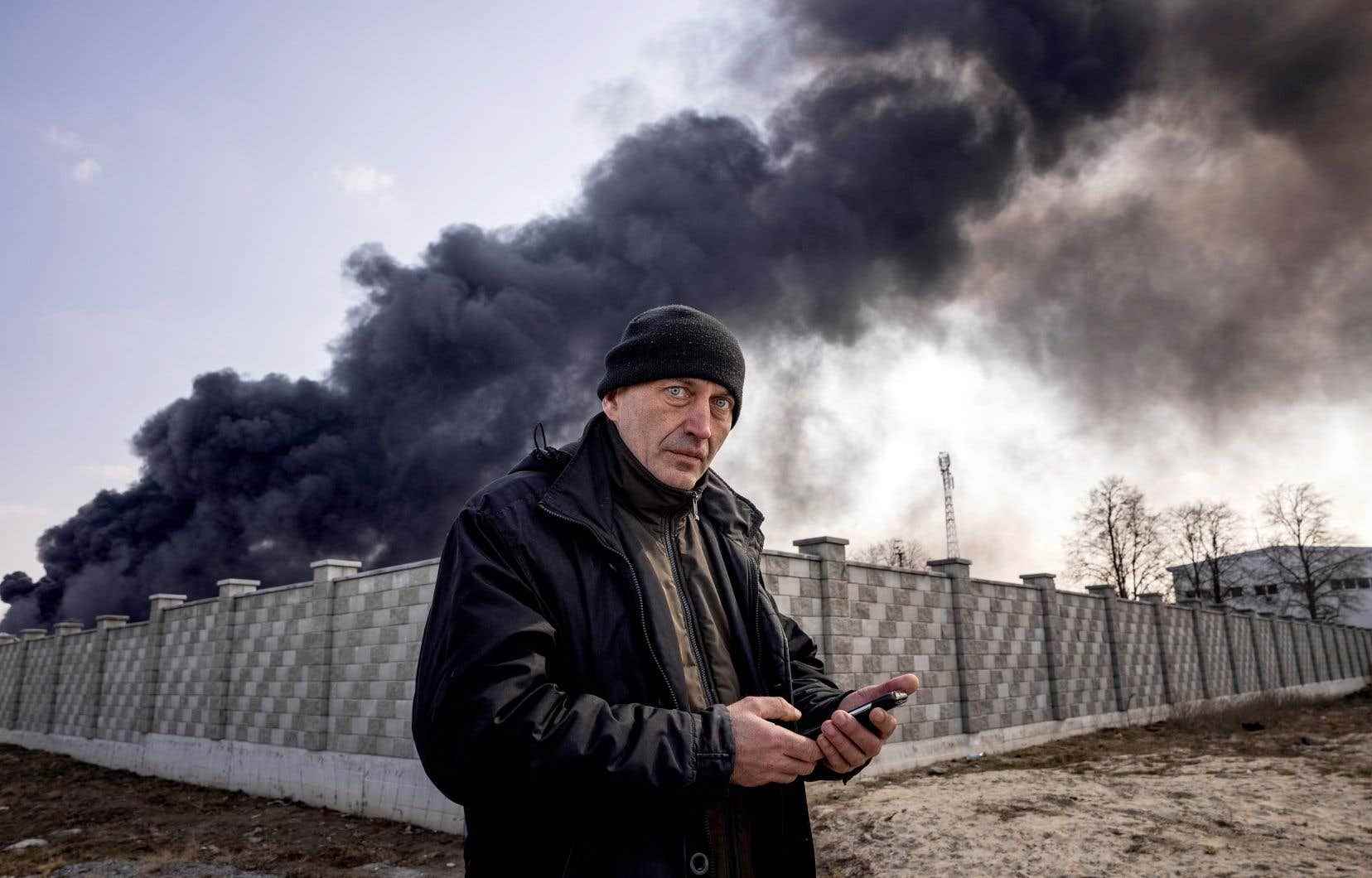Videos and photos taken by Ukrainians with their cell phones will, like never before in history, help the investigators of the International Criminal Court build their criminal case against the Russian invader. But these precious images obtained in real time also have their share of challenges, including their colossal quantity, and the difficult task of separating the real from the deepfakes and misinformation planted to muddy the waters.
To convict a war criminal, proof must be provided. Lots of evidence.
This is why the investigators of the International Criminal Court (ICC), helped by those of several countries, including Canada, are active on the ground, while bombs and machine gun fire are still terrorizing. The ICC can criminally prosecute individuals — not states — and for this reason, linking a specific person to a crime must be made — a most daunting task.
To their collection of information on possible war crimes and crimes against humanity is added everything that ordinary citizens have gathered using an everyday object: a simple cell phone.
This type of digital evidence collected by civilians has already been used before the ICC, for example since 2011 for the war in Syria, “baptized the first YouTube war” given the large number of videos broadcast on this platform, and during preliminary proceedings against the Libyan Al-Werfalli, and also against Al Mahdi for attacks in Mali.
But never again during a trial.
If this type of evidence is used to convict war criminals, it would be a first, says Konstantina Stavrou, a researcher at the Ludwig Boltzmann Institute for Human Rights and Fundamental Rights, located in Vienna.
According to her, one of the great advantages of the images and recordings captured by Ukrainians is that they demonstrate what happened — in real time.
Added to this are the publications posted on Facebook, and even private messages, specifies the researcher of the Institute’s human rights and international criminal law program, who specializes in particular in this type of “evidence generated by users”.
We are a long way from the Second World War, which saw investigators equipped with cameras arrive months after the atrocities, when the evidence of the crimes had been camouflaged, sometimes at the bottom of mass graves. She reports these recent examples of villages in Myanmar completely razed to hide the atrocities that have been perpetrated there.
In Ukraine, videos show the bombs as they explode, and the bodies before they have been cleared. Applications like e-Enemy also make it possible to report the movements of Russian troops, and to accumulate incriminating evidence.
Sometimes investigators are also blocked from accessing the territory where an armed conflict is taking place, as was the case in Myanmar, underlines Ms.me Stavru. The civilians stuck there can do this valuable work.
It also makes it possible to make the link between a crime and the person who perpetrated it, which the investigators who arrive long after the fact struggle to do.
On this subject, she recalls that in the former Yugoslavia, the mere discovery of mass graves was not sufficient to identify the culprits while different groups accused each other of being responsible.
Thus, “this digital evidence provides information on the precise place where the crime was allegedly committed, the time and the method of execution” and lends credibility to the accounts of witnesses.
Fragile tools
This kind of “citizen proof” has its share of challenges, warns the specialist, because “the information can be manipulated or falsified”. Fortunately, investigative sites like Bellingcat are keeping watch. Its specialists recently debunked Russian allegations that the deaths at Boutcha were just a staged show with the help of actors.
For a video or photo to be introduced into evidence before the Court, it must be authenticated, that is to say, it must be established most of the time its source, as well as the place and date of what is depicted. Smartphone applications have been developed for this purpose, including EyeWitness, created by the International Bar Association. With it, the information is automatically archived with all the metadata. Obviously, citizens do not necessarily know these applications when the tanks invade their village, but the Bar trains civil society organizations, assures Mr.me Stavru.
Moreover, the amount of evidence collected in this way poses great collection and archiving challenges. More than 300,000 items have already been archived for the invasion in Ukraine, according to the firm Mnemonic, which helps human rights organizations document the crimes: according to it, 80% of these items are videos of a minute or two.
In Syria, the amount of data was such that if a person had to watch all the videos submitted, it would have taken him 40 years, without stopping, illustrious Mme Stavru.
The safety of citizens who transmit evidence is also a subject of concern, as they may be victims of reprisals.
Future proceedings will see how this “unprecedented digital record of evidence” will be used in court. “This will help establish benchmarks for the future. »
Despite challenges, such as concern about deepfakes better and better realized – and therefore more difficult to flush out – there are undoubtedly “more advantages than disadvantages” in using, in the context of trials, all this evidence collected by citizens, believes Mme Stavrou, so that justice can be served — faster than ever.
And in order to show war criminals “that there will be no impunity”.
